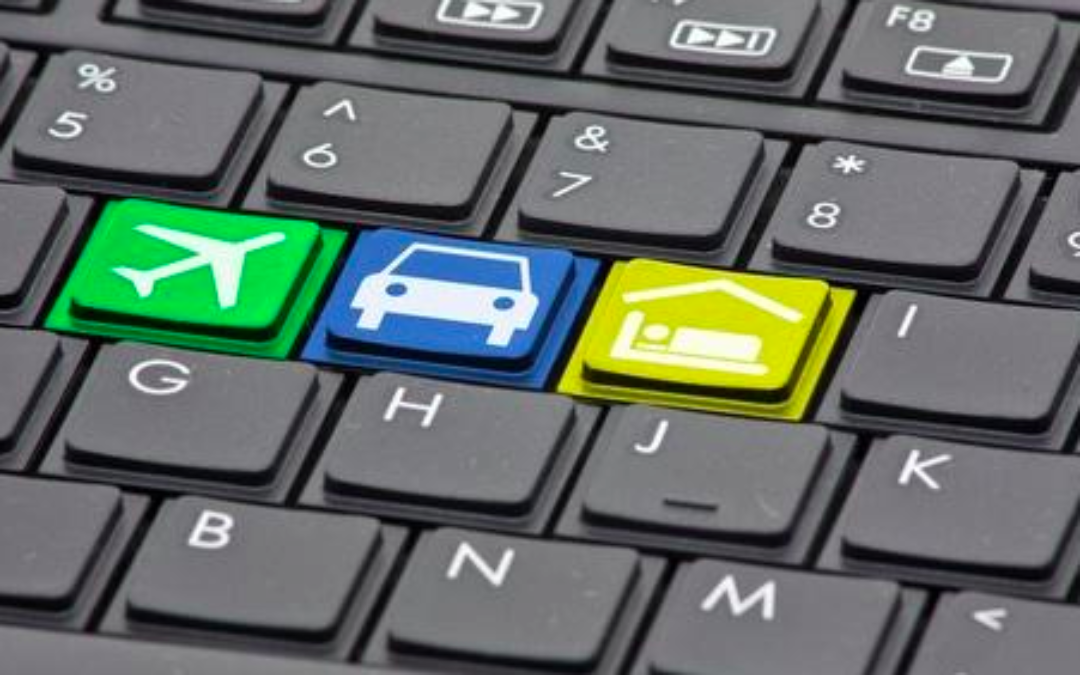The advent of technology is fostering a change in the travel and tourism industry regarding how companies interact with customers. Consequently, travel companies are adopting various technologies to improve operational efficiencies and meet customers’ expectations, according to leading data and analytics company, GlobalData.
The company’s report ‘Technology Trends in Travel & Tourism’, found that travel companies are using various technologies to engage with customers at every stage of their journey.
Elena Mogoş, Associate Analyst for Digital Travel & Tourism at GlobalData, comments: “Travel still revolves around meaningful human interactions. However, to be successful, companies need to create a balance between the technological innovations and the human element. Improving the customer experience must always be on the back of travel and tourism companies’ minds when investing in technology.”
Here are the six trends to watch out for in travel and tourism industry in 2018:
1. Augmented and Virtual Reality (AR and VR):
The past few years have seen an increase in AR or VR popularity among travel and tourism companies, and the trend is set to continue. These technologies are being used either for content marketing or to enhance the customers’ experiences. For example, airlines have started using VR technology to show travellers the cabins in advance, in order to increase ticket or ancillary services sales.
2. Artificial Intelligence (AI):
AI is behind many evolving technologies and innovations in the travel and tourism sector. The ways in which it helps the industry can be classified into three major categories: Machine Learning, ChatBots or TravelBots, and Robots. Thanks to AI, operations which usually require human intervention and a lot of time to learn new skills, can be automated, thus speeding up processes, while improving quality and performance, and decreasing costs.
3. Internet of Things (IoT):
IoT has a lot of potential to shape the future of the travel and tourism industry, and companies have started to realize that. An example of an industry player using IoT to reduce anxiety and stress levels associated with lost bags is Lufthansa. Passengers can track their baggage via a link found on their mobile boarding pass in the Lufthansa app.
4. Voice technology:
Voice Technology is another digital novelty that is beginning to disrupt the travel and tourism sector, as more and more customers switch from typed-in search to voice interactions. More and more hotels have started experimenting with voice-activated devices. Among them are: W Austin of Marriott International, Kimpton Alexis Hotel, and Westin Buffalo.
5. Wi-Fi connectivity:
When travelling, people want to always be connected, either to get destination ideas, options regarding places to visit or eat, find directions to points of interest, or share their experience with friends via social media or other connectivity platforms. As a result, investing in network services helps companies offer a more seamless and highly personalized experience to customers, boosts operational efficiency, real-time decision making, strengthens the physical (via CCTV) and the cybersecurity, along with data privacy.
6. Wearable devices:
Despite a sluggish start, travel and tourism companies are gradually using this technology to offer customers a more personalized and united experience. For instance, the Walt Disney Company deployed a wearable, customizable, RFID-equipped MagicBand, which connects to the theme park infrastructure, to reduce waiting times and track guests’ locations and activities.
Source = GlobalData


